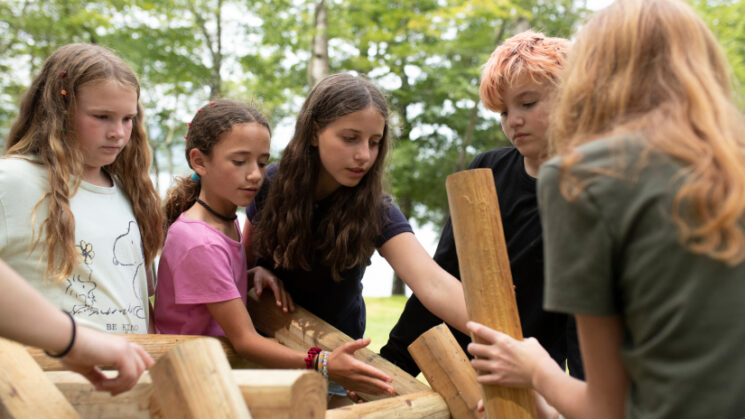How can the design of something affect its speed? How does design improve the distance something can travel? It’s not rocket science…or is it?
Through hands-on activities kids learn basic principles of design in our Aerodynamics in Action class. This class provides kids with a fun educational experience that shows them the way design can make something more efficient, go faster, or travel further.
What’s Covered?
In this class, students will learn about engineering and design. They will also learn about opposing forces and be able to explain how design changes based on goals.
Kids will work in groups to create projects and see how their well their designs work when there are changes to the environment.
Lessons & Activities
Through several experiential educational activities kids will analyze, discuss, and apply the use of design in improving an object’s function. Some of the specific activities are highlighted below.
Rocket Build
After an introduction to the basics of the class by using paper airplanes, kids will then move on to use their skills to build a rocket.
Working in groups, kids will design a rocket to meet a required goal, such as height or distance. With only a two-liter bottle, some construction paper, tape, and scissors, kids will build their rockets and conduct a test flight.
Kids will be able to make one change to their initial design to improve their rocket before making the final flight.
Lego Cars
Captain’s Coming!
Educational Standards
The standards that are followed for this class are the Next Generation Science Standards. The specific standards covered in this course are:
- 3-5-ETS1-3 – Plan and conduct an investigation collaboratively to produce data to serve as the basis for evidence, using fair tests in which variables are controlled and the number of trials considered.
- 3-PS2-1 – Cause and effect relationships are routinely identified.
This course also focuses on several other areas, including:
- Teamwork
- Brainstorming
- Creativity and imagination in design
